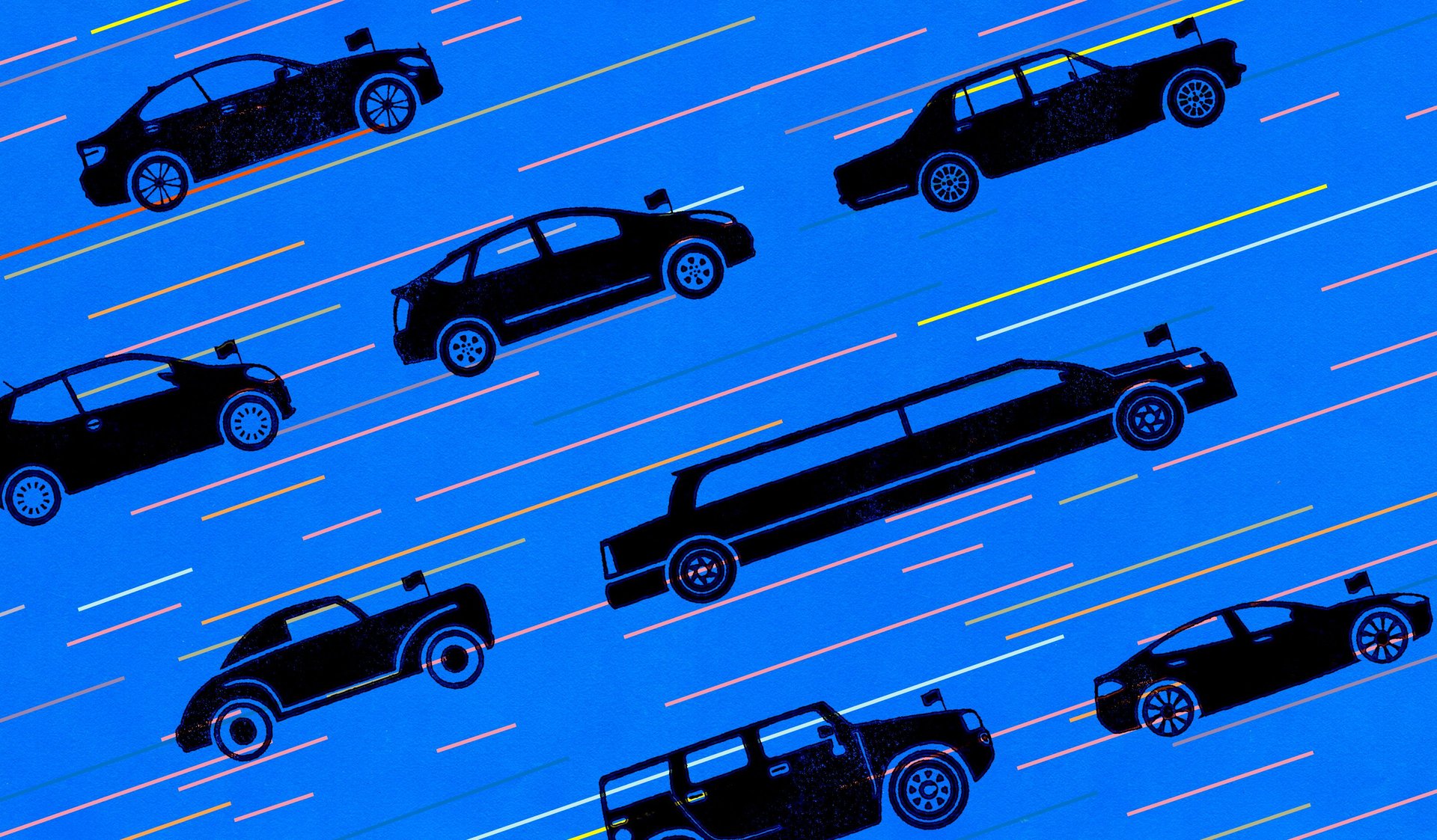The Toyota Sienna is the most popular car for diplomats in the US
Diplomatic cars are special. In the US, they get distinctive blue and red license plates, are exempted from taxes, and because of diplomatic immunity their drivers don’t have to pay parking tickets—though there are sometimes repercussions if they don’t.


Diplomatic cars are special. In the US, they get distinctive blue and red license plates, are exempted from taxes, and because of diplomatic immunity their drivers don’t have to pay parking tickets—though there are sometimes repercussions if they don’t.
They are also unusually likely to be Toyota Siennas.
Through a public records request made to the Department of State, Quartz obtained the list of vehicles and trailers registered between May 2014 and August 2018 by diplomats in the US. The list contained 8,860 vehicles, about a quarter of which were registered to diplomatic missions (such as embassies and consulates). The rest were registered to individual diplomats.
The four most common cars were Toyotas, with the brand’s minivan, the Toyota Sienna, making up over 6% of all the cars we identified. Seating at least seven, it’s a practical car for shuttling diplomatic staff to meetings. Honda’s minivan, the Odyssey, is the 7th most popular car. The Sienna’s popularity the diplomatic corps is unusual. The car wasn’t among the 25 most purchased cars in the US in either 2017 or 2018, according to automotive research company Kelley Blue Book.
Most common diplomatic cars registered in the US between May 2014 and August 2018
When it comes to their personal vehicles, diplomats in the US preferences are similar to general population but deviates in a very specific way: few pickup trucks. While America’s best-selling vehicles are trucks like the Ford F-150 and the Chevy Silverado, the vehicles registered to diplomats (rather than a mission) show a preference towards smaller SUVs like the Toyota RAV4 and the Honda CR-V.
Most common personal cars registered to diplomats in the US between May 2014 and August 2018
The data was provided as a 146-page printed spreadsheet the State Department sent us in the mail. We converted the spreadsheet back to a digital form using optical character recognition (OCR) which can insert errors into all of that data. We wrote software to clean and verify the information where possible. Our analysis allowed us to identify the make and model of over 96% of the vehicles.